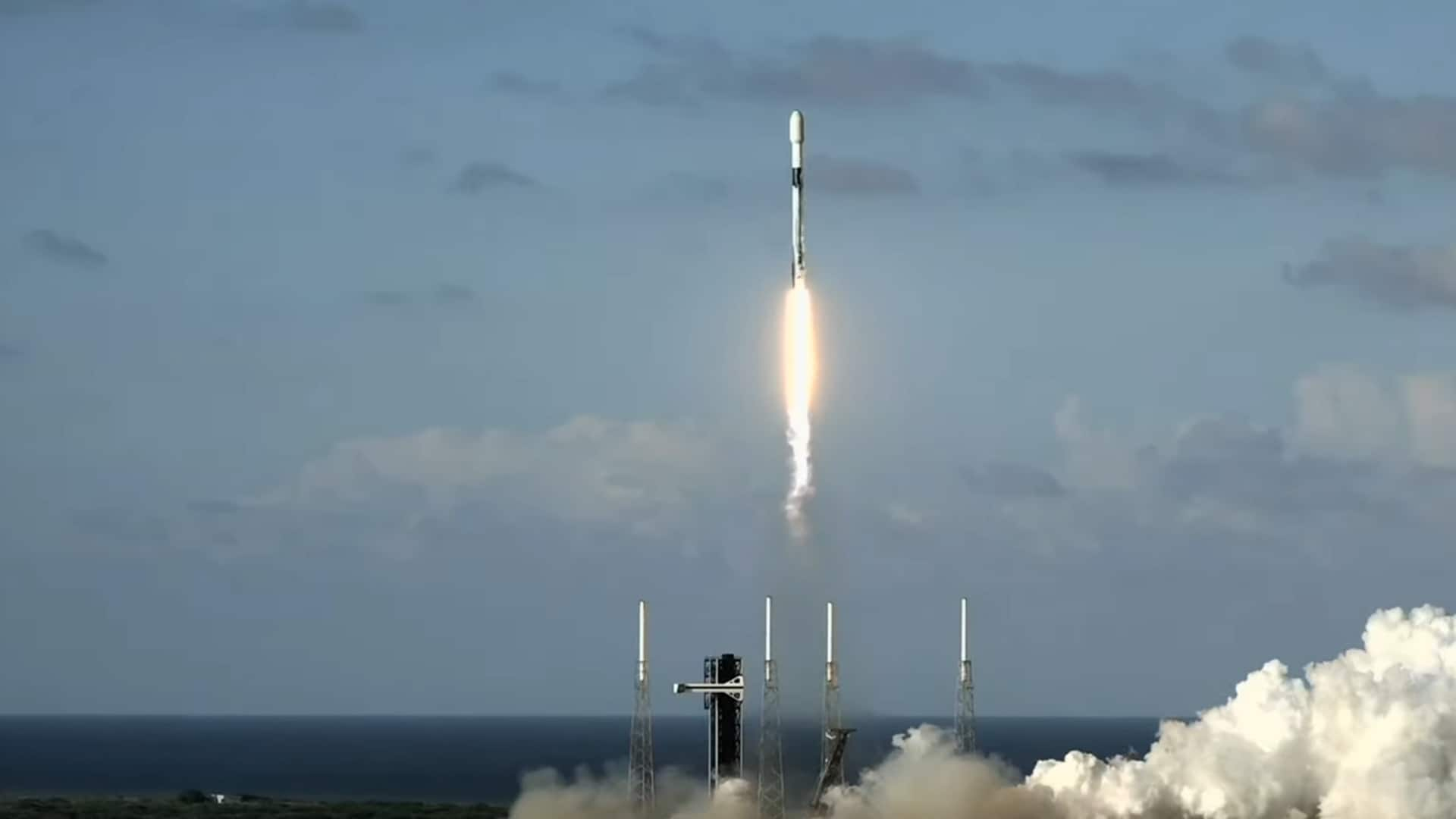
SpaceX launches new cargo spacecraft on its first ISS mission
What's the story
Northrop Grumman's newly designed Cygnus XL spacecraft was successfully launched to the International Space Station (ISS) on a SpaceX Falcon 9 rocket. The launch took place from Cape Canaveral Space Force Station in Florida on Sunday evening. The mission, known as CRS-23, marks the first flight of this larger and more cargo-capable version of the solar-powered spacecraft.
Booster landing
Falcon 9 rocket successfully completed its 4th flight
The launch vehicle for this mission was a SpaceX Falcon 9 rocket. About eight minutes after liftoff, the first stage of the rocket successfully landed at Landing Zone 2 (LZ-2) at Cape Canaveral. This was the fourth flight of this particular booster, which had previously launched Ax-4, Crew-11, and a Starlink mission.
Mission details
Cygnus XL spacecraft will arrive at ISS on Wednesday
The Cygnus XL, bigger than its predecessor, can carry roughly 5,000kg of supplies. Unlike SpaceX's Crew Dragon, it cannot dock autonomously, so the ISS's Canadarm2 robotic arm will capture it on Wednesday. The spacecraft will then be attached to the Unity module's Earth-facing port for unloading.
Research support
Resupply mission will deliver several scientific investigations to ISS
The Cygnus XL spacecraft will support a number of scientific investigations in the fields of biology and biotechnology, Earth and space science, physical sciences, as well as technology development and demonstrations. The resupply mission is carrying materials to grow semiconductor crystals in space, hardware to improve cryogenic fuel tanks, a specialized UV light system to inhibit microbe communities from growing in water systems, and supplies for producing pharmaceutical crystals that could treat cancer among other diseases.
Mission duration
The spacecraft will remain at ISS until March 2026
The Cygnus XL spacecraft is scheduled to remain at the orbiting laboratory until March 2026. After that, it will depart and dispose of several thousand pounds of trash through its re-entry into Earth's atmosphere, where it will harmlessly burn up. The spacecraft is named the S.S. William "Willie" C. McCool, in honor of the NASA astronaut who lost his life during the space shuttle Columbia disaster in 2003.